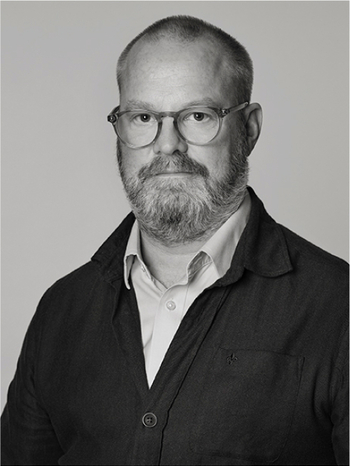Sven X:et Erixson
"Över gränsen" (Over the border)
Signed Sven Erixson. Canvas 116 x 90 cm.
Literature
Upptagen i X:et-sällskapets verkkatalog, 2003, p. 11.
Designer
Sven Erixson, today more commenly known as X, was born in 1899 in Stockholm. He studied to become a decoration painter and art teacher at the Technical School in Stockholm after which he studied at the Higher School of Art and Design alongside study trips to Germany, France, Italy, Spain and North Africa. Despite being an inportant artist amoungst Swedish art, Erixson does not let etiquette and style limit his painting style. His greatest creation is defined by a tempremental style in stark colour patterns. Erixson's paintings balances between impressive, somewhat brutal expressions and a soft lyricism. He is one of the founders of the group Färg och Form, whose primitivist faction he belonged to. With an aura of narrative joy, Erixson recounts his experiences. He had an irresistable desire to share everything that he saw. He was inspired, much like Bror Hjorth of both folk art and mural painting from the middle ages, while also finding inspiration from German expressionism. But he speaks with greatest esteem about Chaim Soutines art. In a multitude of paintings, he conveyed his zest for life, with surfaces filled with swiftly captured figures. During the 1930s, his visual world was filled with family and the idyllic torpor, his canvas became greater and more complete. During the war he painted on butter paper, not only for practicalities sake, but also to take advantage of the slippery reflective surface which the paper supplies. Narration decreased in the 1950s when he was influenced by spontaneity, which in the following years led him to abstract spontaneous painting.
Read more



























